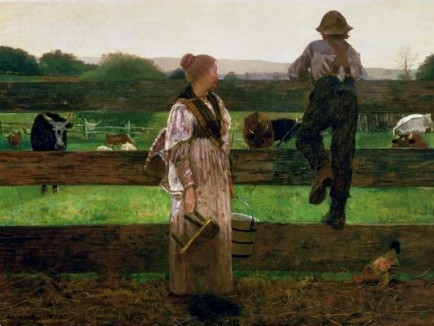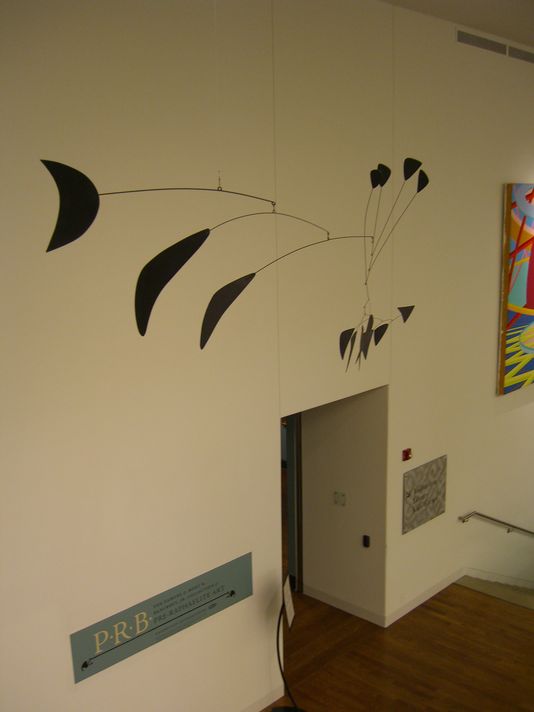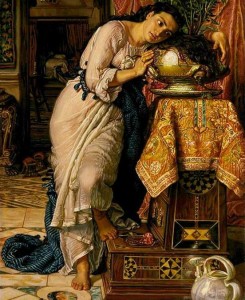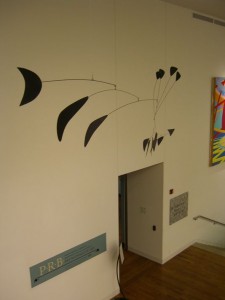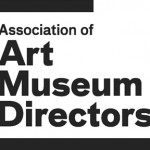 Quickly, as it should be, the Association of Art Museum Directors today sanctioned the Delaware Art Museum for deaccessioning William Holman Hunt’s Isabella and the Pot of Basil yesterday. It was totally expected. The notice reads, in part:
Quickly, as it should be, the Association of Art Museum Directors today sanctioned the Delaware Art Museum for deaccessioning William Holman Hunt’s Isabella and the Pot of Basil yesterday. It was totally expected. The notice reads, in part:
…we ask our members to suspend any loans of works of art to, and any collaborations on exhibitions with, the Delaware Art Museum, until notified by us that the sanctions have been suspended or removed. While each of our members needs to consider this request individually and make its own decision, it is AAMD’s strong belief that the actions of the Delaware Art Museum are contrary to the long term interest of each and every art museum.
The museum yesterday issued a bland, factual two-sentence announcement of the sale yesterday, not commenting on the picture’s failure to go higher than half the low presale estimate.
It’s unclear why the painting did so badly. It was a record for Holman Hunt, Christie’s said. Other lots in the sale of Pre-Raphaelite paintings exceeded their estimates, though at lower price points. Is it conceivable that collectors stayed away, not wanting to get involved with a deaccessioned work? Perhaps — thought I’ve never met a collector who really wanted something that would be deterred by such considerations.
Meanwhile, how much will the sanctions hurt Delaware? In the short term, very little. According to it website, the next three special exhibitions are Performance Now, Nature Morte: Platinum Prints by Bruce Katsiff and From Houdini to Hugo: The Art of Brian Selznick, which takes the museum through next January. After that, probably much more.Â

